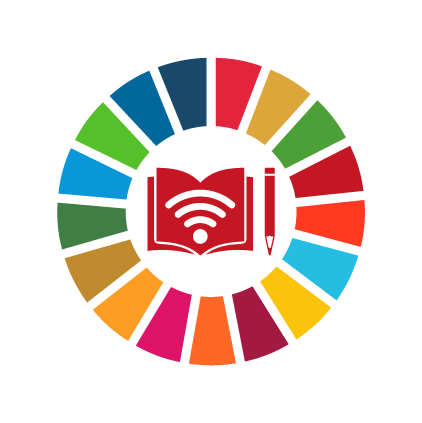Mauritania
Background Information
Region
Sub-Saharan Africa
World Bank income group
Lower middle income
Percent of population aged 10-24
33% (UNFPA, 2023)
Total primary school age population (both sexes)
766,744 (UIS, 2022)
Total secondary school age population (both sexes)
773,698 (UIS, 2022)
Proportion of women aged 20-24 years who were married or in a union before age 18
(% of women aged 20-24)37%
Source: UNSDG , 2021
Adolescent birth rate
(per 1,000 women ages 15-19)90
Source: UN Human Development Reports , 2019
Percentage of women who ever experienced physical violence since age 15
(% of women 15-49)10%
Source: DHS , 2021
Percentage of married women employed in the last 12 months
(% of married or in-union women 15-49)24%
Source: DHS , 2021
Education Snapshot Back to Top
Number of years of free primary and secondary education guaranteed in legal frameworks
(Years)13
Source: UIS , 2022
Percentage of upper secondary schools providing life skills-based HIV and sexuality education within the formal curriculum or as part of extra-curricular activities
Percentage of schools0%
Source: UNESCO , 2019
Proportion of schools with access to single-sex basic sanitation facilities
Percentage of schools-
Primary 28%
(2019)
-
Lower secondary 32%
(2018)
-
Upper secondary 46%
(2018)
Source: UIS
Women as a percentage of teachers in tertiary education
No data available
Men as a percentage of teachers in pre-primary education
No data available
Expenditure on education as a percentage of total government expenditure
% GDP spent on educationSource: UIS , 2022
Gender parity index for achievement in mathematics, by education level (ratio)
No data available
Gender parity index for achievement in reading, by education level (ratio)
No data available
Proportion of students at the end of primary education achieving at least a minimum proficiency level in reading
No data available
Proportion of students at the end of primary education achieving at least a minimum proficiency level in mathematics
No data available
Experiencing bullying in the last 12 months in lower secondary education
-
Female 46%
-
Male 48%
Female: UNESCO, 2010
Male: UNESCO, 2010
Youth not in education, employment or training
-
Female 45%
-
Male 23%
Female: ILO, 2017
Male: ILO, 2017
Completion rate
Primary school age
-
Female 58%
-
Male 68%
Female: UIS, 2015
Male: UIS, 2015
Lower secondary school age
-
Female 40%
-
Male 54%
Female: UIS, 2015
Male: UIS, 2015
Upper secondary school age
-
Female 23%
-
Male 31%
Female: UIS, 2015
Male: UIS, 2015
Out-of-school rate
Primary school
-
Female 41%
-
Male 44%
Female: UIS, 2015
Male: UIS, 2015
Lower secondary school
-
Female 39%
-
Male 40%
Female: UIS, 2015
Male: UIS, 2015
Upper secondary school
-
Female 60%
-
Male 56%
Female: UIS, 2015
Male: UIS, 2015
Legal Frameworks Back to Top
Presence of legislation on child protection, to prevent corporal punishment in schools
3
Limited protection from violence in educational institutions
Source: HerAtlas , 2022
Presence of legislation protecting the right to education without discrimination based on sex/gender
4
Enshrines right to education, only for a group of persons, without discrimination based on sex/gender
Source: HerAtlas , 2022
Presence of legislation to protect and facilitate education of pregnant adolescent girls
5
Protection of the right to education of pregnant and/or parenting girls
Source: HerAtlas , 2022
Existence of processes to support coordinated action on gender equality in and through education by ministries, civil society, youth organizations and other actors
Data coming soon!
Existence of systematic processes to review and update curricula and learning resources, with a view to eradicating gender stereotypes and promoting gender equality
Data coming soon!
Training on gender-responsive pedagogies is embedded in teacher training programmes
Data coming soon!
Programs Back to Top
Network/Convening/Conference
Better Life, Better Future
Funding Initiative/Portfolio
Education Out Loud (EOL)
Project/Program
Gender Equality in Education Snapshot (GES)
Project/Program
Reinforcement of Parental Practices
Government Programs Back to Top
Project/Program
Adolescent Girls' Programming Community of Practice
Project/Program
Proximity Schools in Mauritania
Advocacy Campaign/Project
Gender at the Center Initiative (GCI)
